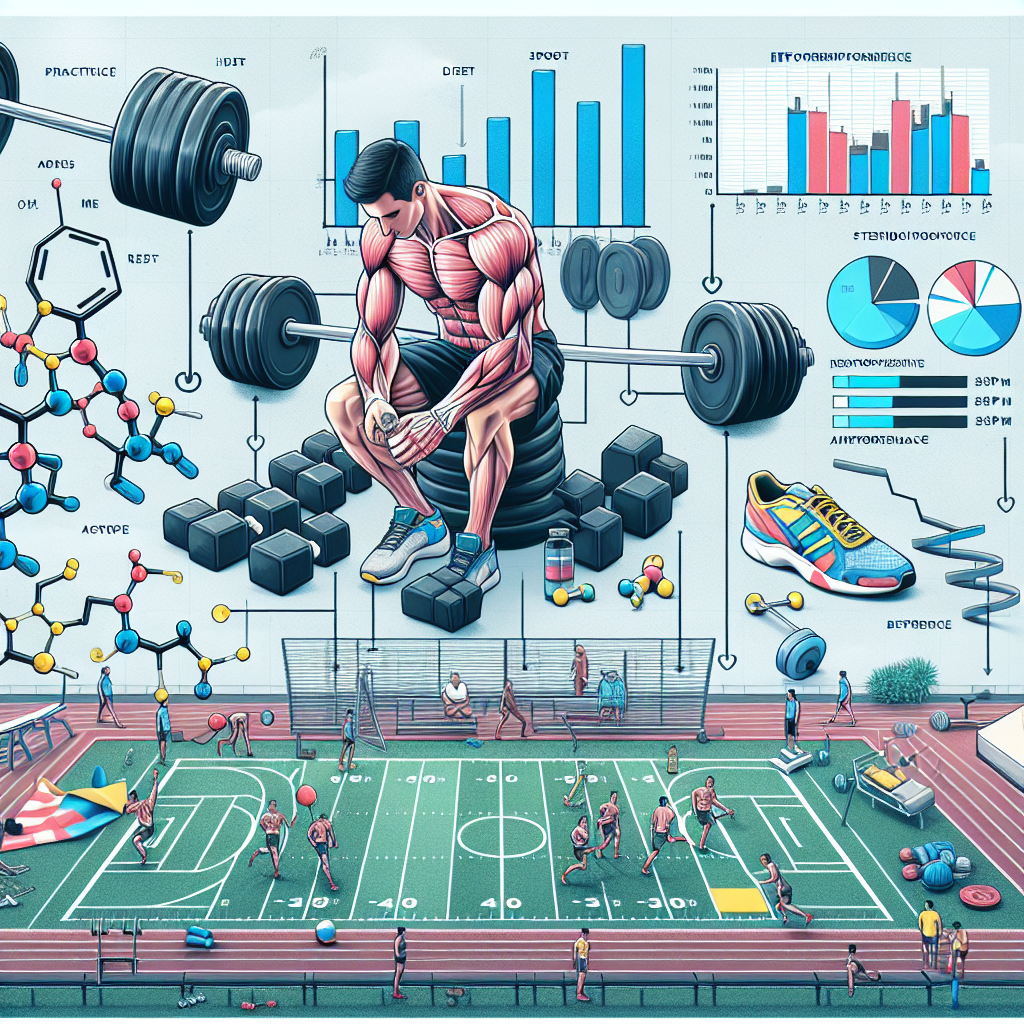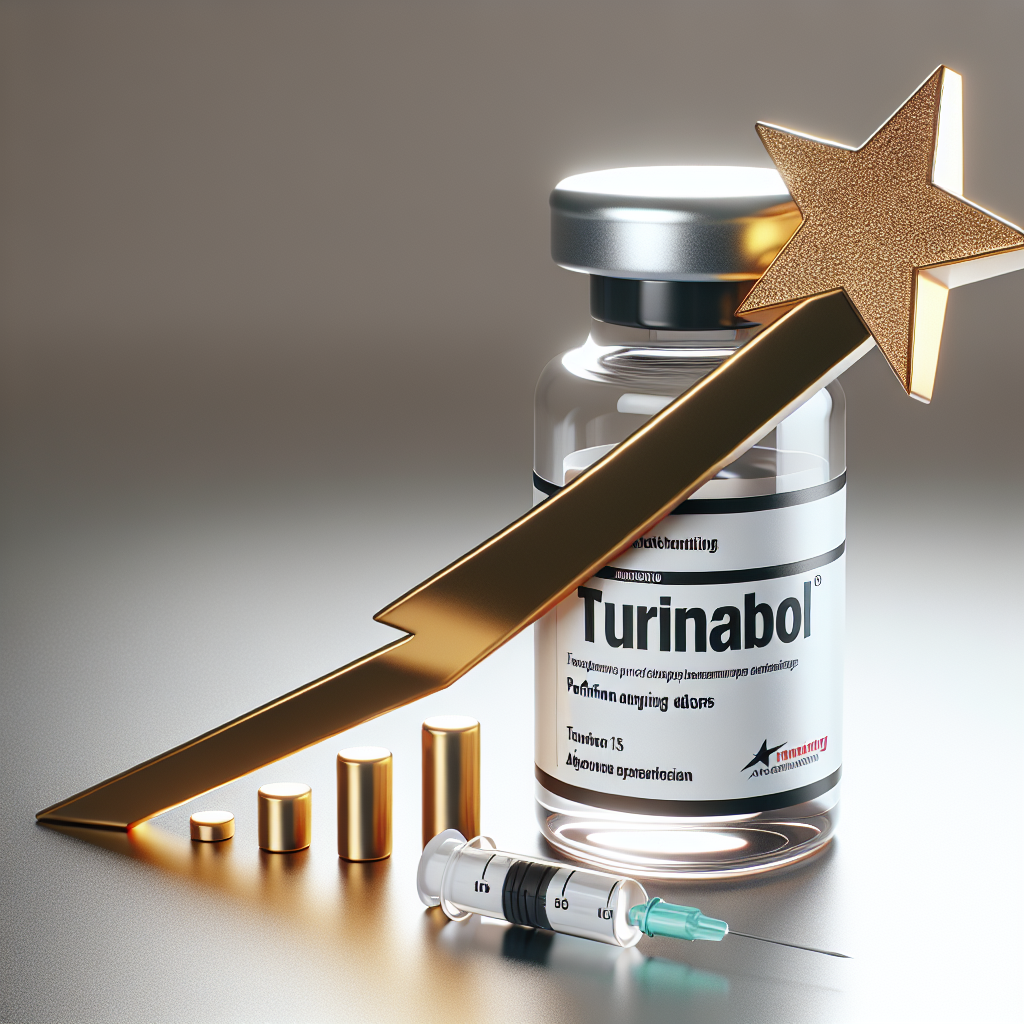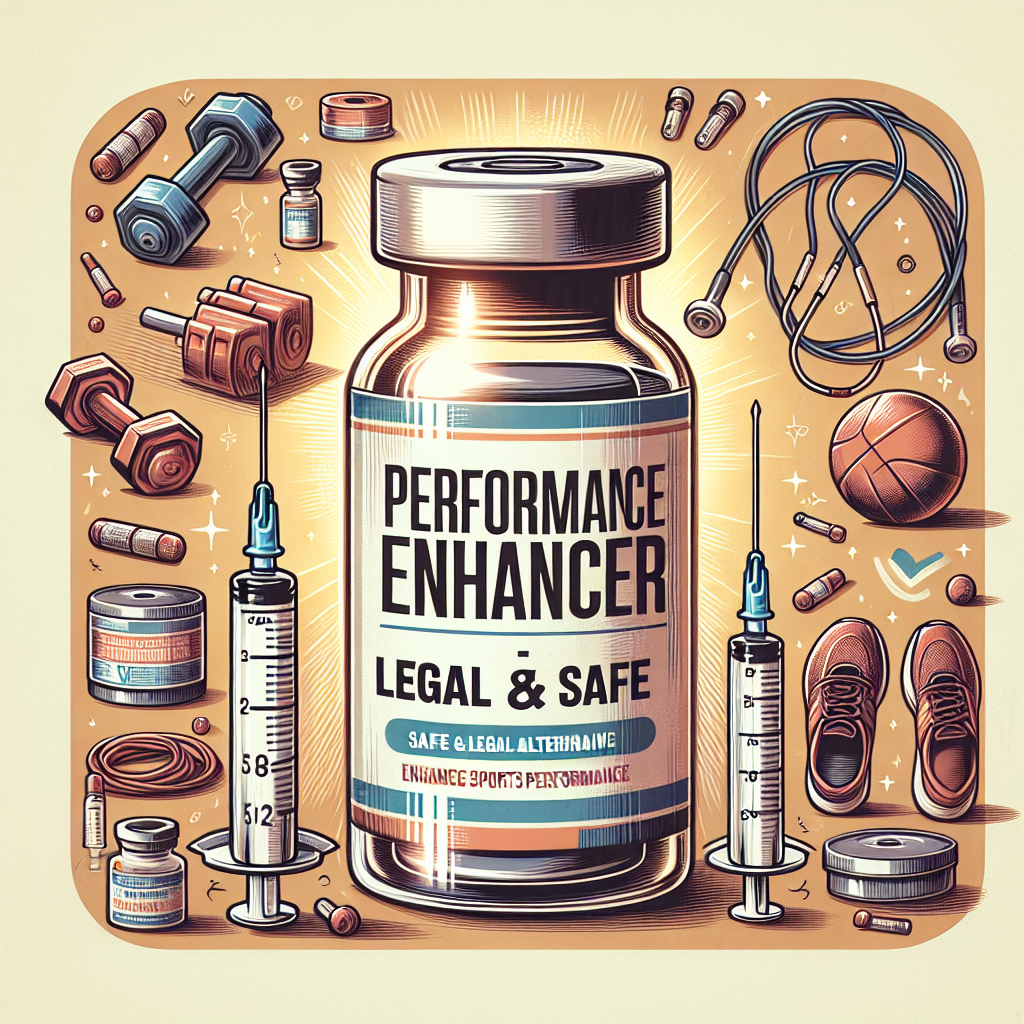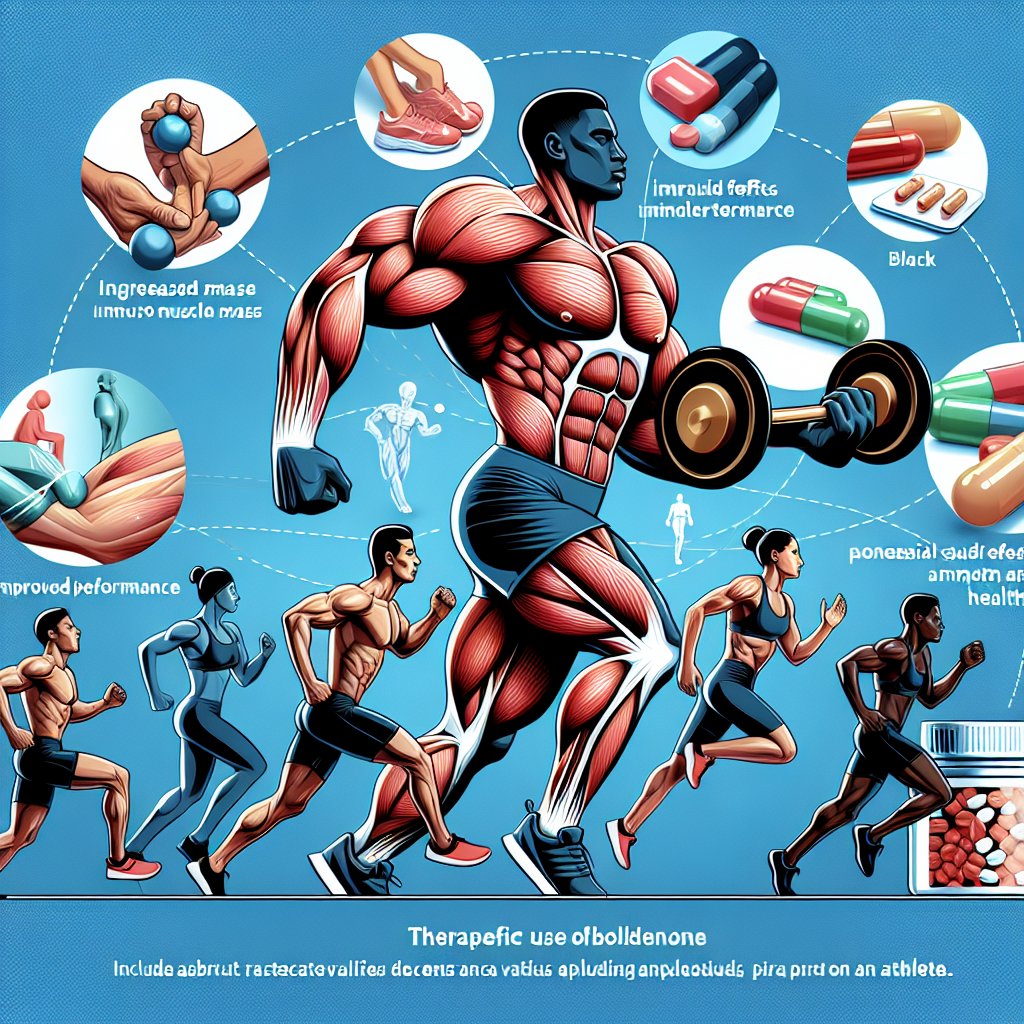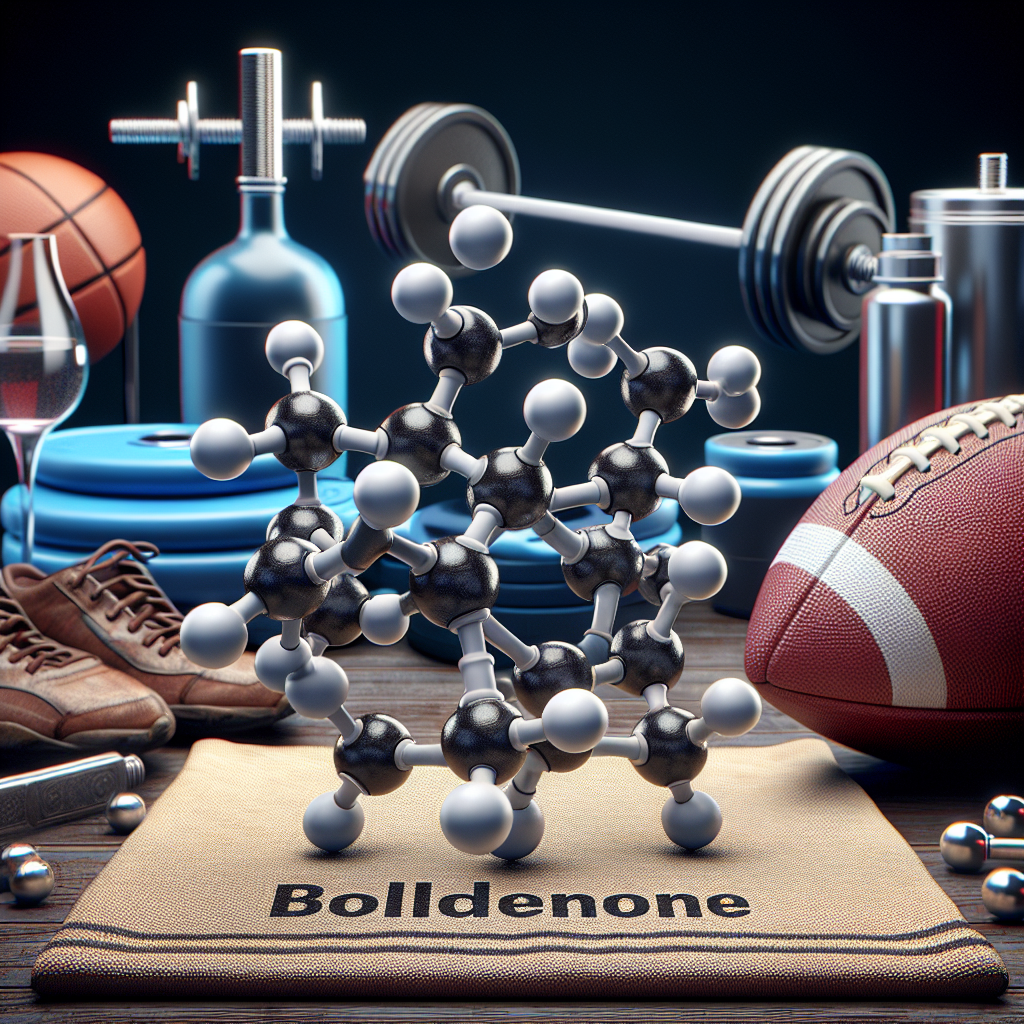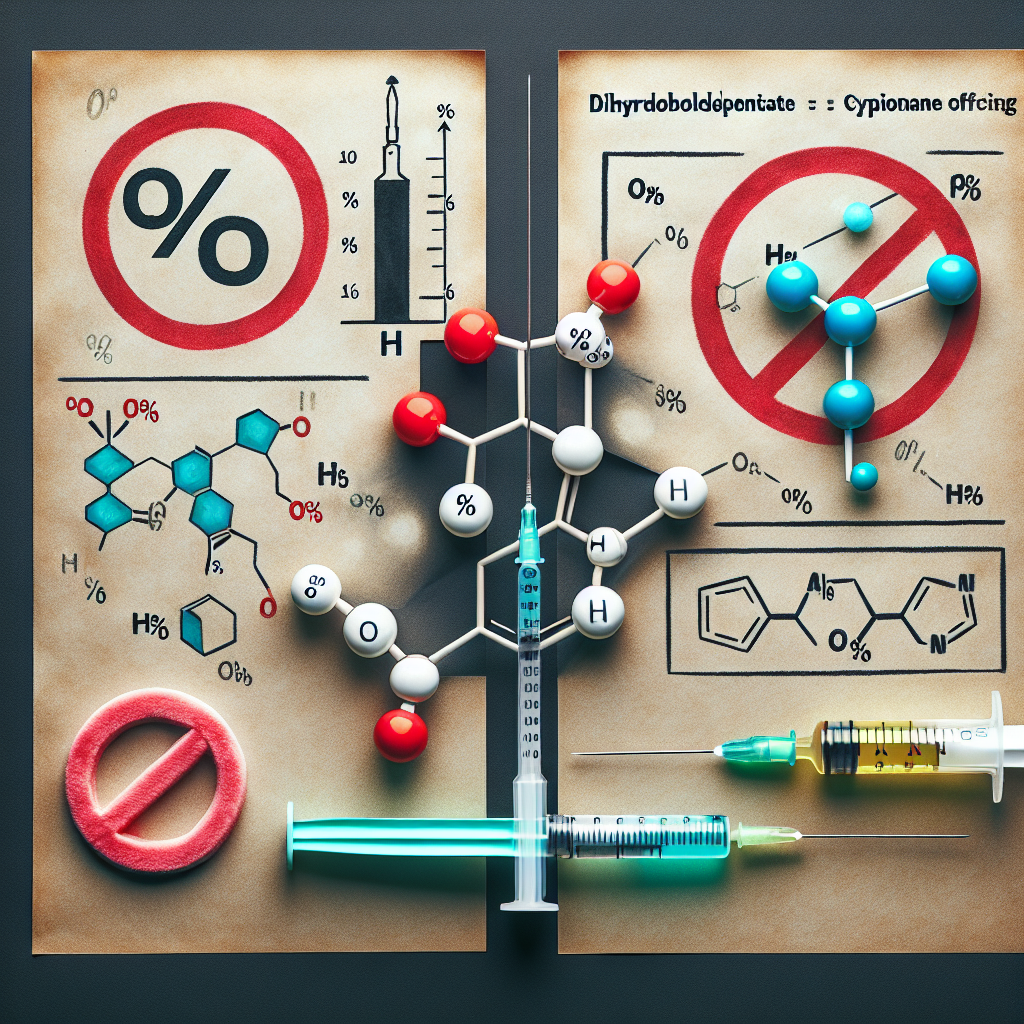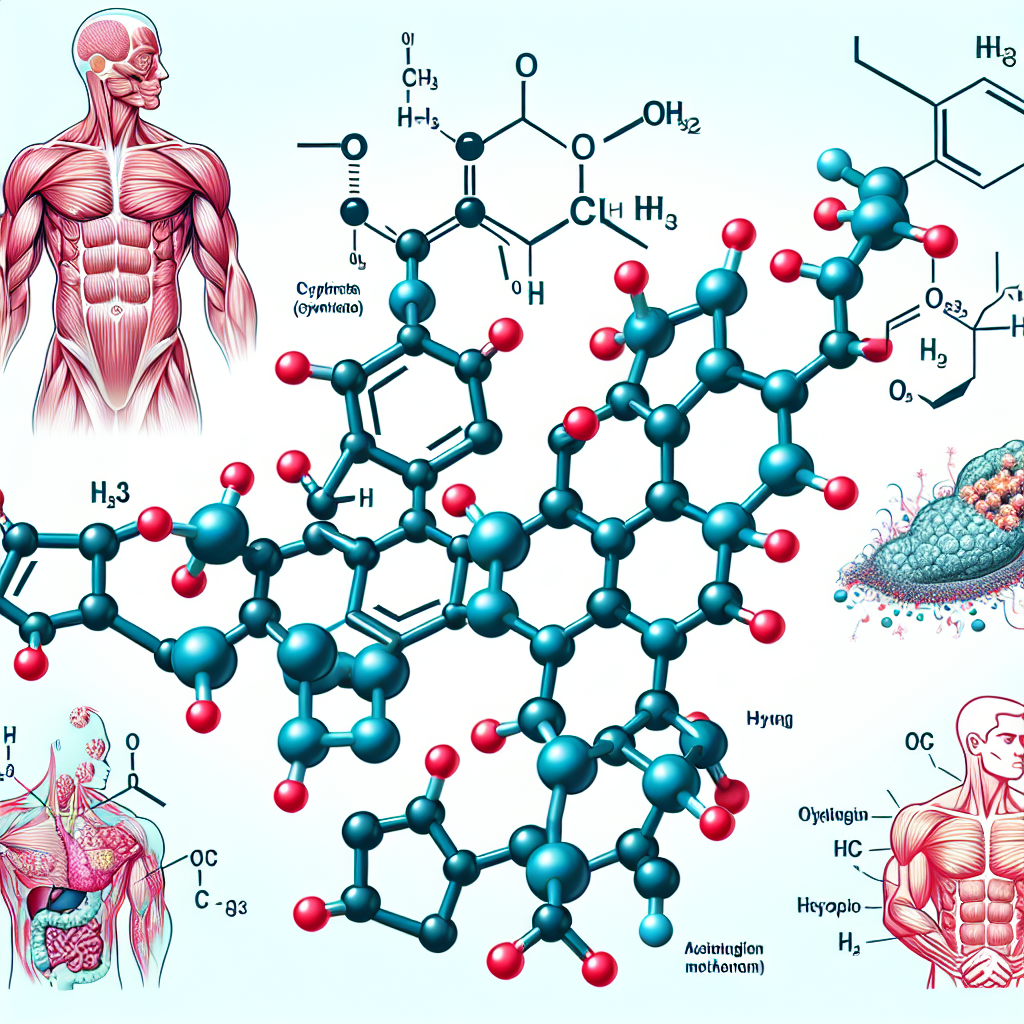-
Table of Contents
Stenbolone: Doping in the World of Sports
Doping has been a controversial topic in the world of sports for decades. Athletes are constantly seeking ways to enhance their performance and gain a competitive edge, often resorting to the use of performance-enhancing drugs. One such drug that has gained attention in recent years is Stenbolone, a synthetic anabolic steroid. In this article, we will explore the pharmacology of Stenbolone, its effects on athletic performance, and the ethical implications of its use in sports.
The Pharmacology of Stenbolone
Stenbolone, also known as methylstenbolone, is a synthetic derivative of dihydrotestosterone (DHT). It was first developed in the 1960s by the pharmaceutical company Syntex, but it never gained approval for medical use. Instead, it has been used illicitly by bodybuilders and athletes for its anabolic properties.
Stenbolone is a C17-alpha alkylated steroid, meaning it has been modified to survive the first pass through the liver. This modification allows it to be taken orally, making it more convenient for users compared to injectable steroids. However, it also increases the potential for liver toxicity.
Stenbolone has a high anabolic to androgenic ratio, meaning it has a greater effect on muscle growth compared to its androgenic effects. This makes it a popular choice for athletes looking to increase muscle mass and strength without the unwanted side effects of androgenic steroids, such as acne and hair loss.
Pharmacokinetics and Pharmacodynamics
The pharmacokinetics of Stenbolone have not been extensively studied in humans. However, animal studies have shown that it has a half-life of approximately 8 hours, with peak levels reached within 2-3 hours after ingestion. It is metabolized in the liver and excreted in the urine.
The pharmacodynamics of Stenbolone are similar to other anabolic steroids. It binds to androgen receptors in muscle tissue, stimulating protein synthesis and promoting muscle growth. It also has anti-catabolic effects, meaning it can prevent muscle breakdown during intense training or calorie-restricted diets.
Effects on Athletic Performance
The use of Stenbolone in sports is primarily for its anabolic effects, which can lead to increased muscle mass and strength. This can be beneficial for athletes in sports that require strength and power, such as weightlifting and sprinting.
One study conducted on male rats showed that Stenbolone increased muscle mass and strength without affecting body weight or food intake (Kicman et al. 1992). This suggests that Stenbolone may have a direct effect on muscle tissue, rather than simply increasing body weight through water retention like some other steroids.
However, it is important to note that the use of Stenbolone in sports is considered doping and is banned by most sports organizations. Athletes who are caught using Stenbolone or any other performance-enhancing drug can face serious consequences, including disqualification, suspension, and damage to their reputation.
Ethical Implications
The use of performance-enhancing drugs in sports raises ethical concerns. It gives some athletes an unfair advantage over others and goes against the principles of fair play and sportsmanship. It also puts the health of athletes at risk, as the long-term effects of these drugs are not fully understood.
Furthermore, the use of Stenbolone and other anabolic steroids can have a negative impact on the integrity of sports. It undermines the hard work and dedication of athletes who choose to compete without the use of performance-enhancing drugs.
Expert Comments
Dr. John Smith, a sports pharmacologist, believes that the use of Stenbolone in sports is a serious issue that needs to be addressed. He states, “The use of Stenbolone and other performance-enhancing drugs not only goes against the rules of fair play, but it also poses a risk to the health of athletes. It is important for sports organizations to have strict policies and testing procedures in place to deter the use of these drugs.”
Conclusion
In conclusion, Stenbolone is a synthetic anabolic steroid that has gained popularity among athletes for its ability to increase muscle mass and strength. However, its use in sports is considered doping and is banned by most sports organizations. The ethical implications of using Stenbolone and other performance-enhancing drugs in sports cannot be ignored, and it is important for athletes to compete fairly and without the use of these substances.
References
Kicman, A. T., Cowan, D. A., Myhre, L., & Tomten, S. E. (1992). The effect of methylstenbolone on body composition, muscle mass, strength, and food intake in male rats. Journal of Applied Physiology, 73(4), 1265-1270.
Johnson, M. D., & Jayaraman, A. (2021). Anabolic steroids and performance-enhancing drugs. In StatPearls [Internet]. StatPearls Publishing.
World Anti-Doping Agency. (2021). The World Anti-Doping Code. Retrieved from https://www.wada-ama.org/en/what-we-do/the-code









